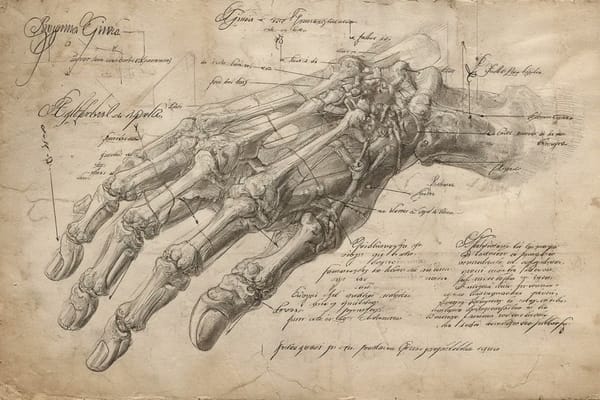Let's talk about Kaito

In the fragmented world of Web3, we have an on-chain layer split across multiple ecosystems that barely communicate with each other and an off-chain layer, spread across platforms that help us gauge mindshare and individual participation on: Twitter, Discord, Telegram, and YouTube, Reddit, and TikTok.
In this landscape, Kaito has positioned itself as the leading analytics tool for Twitter. It’s currently the most dominant player when it comes to measuring crypto narratives, influence, and presence on X.
Kaito has raised $10.8 million in funding, backed by top investment firms like Dragonfly, Sequoia China, and Spartan Group. Additionally, the platform tokenomics include staking rewards and buybacks: over 19 million KAITO, about 8% of its circulating supply is staked, while Kaito has repurchased millions in tokens since March
Why Off-chain activity matters
On-chain data, like wallets, transactions, contracts... is only part of the story and didn't capture some other valuable signals regarding the community governance, discord debates, podcast interview and so on.
Kaito analyzes all activity on Twitter and still the go-to platform when it comes to crypto. It lets you see which X accounts are talking the most about a given project, and which narratives are trending in real time. It’s a very useful tool as long as it’s used without hidden agendas (ie: farmers).
How it works
Kaito rewards users who contribute with quality insights. We don’t know the exact algorithm, but it seems that being highly active often outweighs users who post fewer but deeper insights.
Engagement also plays a key role, which means accounts with 10K+ followers often dominate the mindshare leaderboard, simply by generating more interactions and so, more Yaps.
The system isn’t perfect yet, but it’s a strong starting point for capturing off-chain mindshare, a space that’s been underexplored until now.
It provides more nuanced data points than traditional on-chain analysis alone.
Incentives, Ecosystem & Early traction
Kaito has also built an ecosystem of projects that rely on its tech and distribution to identify and reward their most dedicated supporters.
Dozens of early-stage projects are now on Kaito using it as a launchpad to get visibility and gain their first wave of traction, something that would have been much harder to achieve without the active Yap community.
For these projects, Kaito is essential.
When you're just starting out and looking to break out of the shadows, Kaito helps you find a core group of early believers, users on X who will shill your project, spread the word, and drive attention organically.
You no longer need to pay expensive KOLs or burn resources running social campaigns on Zealy or other platforms.
Instead, you make a deal with Kaito to list your project, you get your first true supporters, and the traction loop begins.
But for Established Projects?
Projects that are already well-known in crypto, like zkSync, Linea, or StarkNet don’t need this mechanism to gain visibility.
For them, it's counterproductive.
90% of the Crypto Twitter already knows who they are.
It ends up being a short-term boost that lasts a few weeks, in exchange for tokens that could have been allocated more strategically.
Opportunity for Kaito
Its strange for me, but here we are in 2025 and we still don’t have a tool that truly combines on-chain and off-chain analytics, augmented by AI, to deliver highly precise insights. Kaito should absolutely move into on-chain data, for two key reasons:
- To better identify top supporters.
It’s good to track who’s active on Twitter
It’s good to track who’s active on-chain
But those who do both? That’s the real signal - To offer a more complete data analytics suite.
Kaito already uses AI to build its leaderboards. The next step is obvious: Move into predictive AI, powered by combined on-chain + off-chain data.
This will be the natural evolution of any data analytics startup in crypto.
Conclusion
- Kaito is excellent for projects that need initial traction and want to find their first loyal users.
- It’s not a necessary tool for large, already-established projects in the ecosystem (Linea, zkSync, Starknet...)
- Kaito should position itself around off-chain and on-chain analysis to improve the accuracy of its leaderboard.




